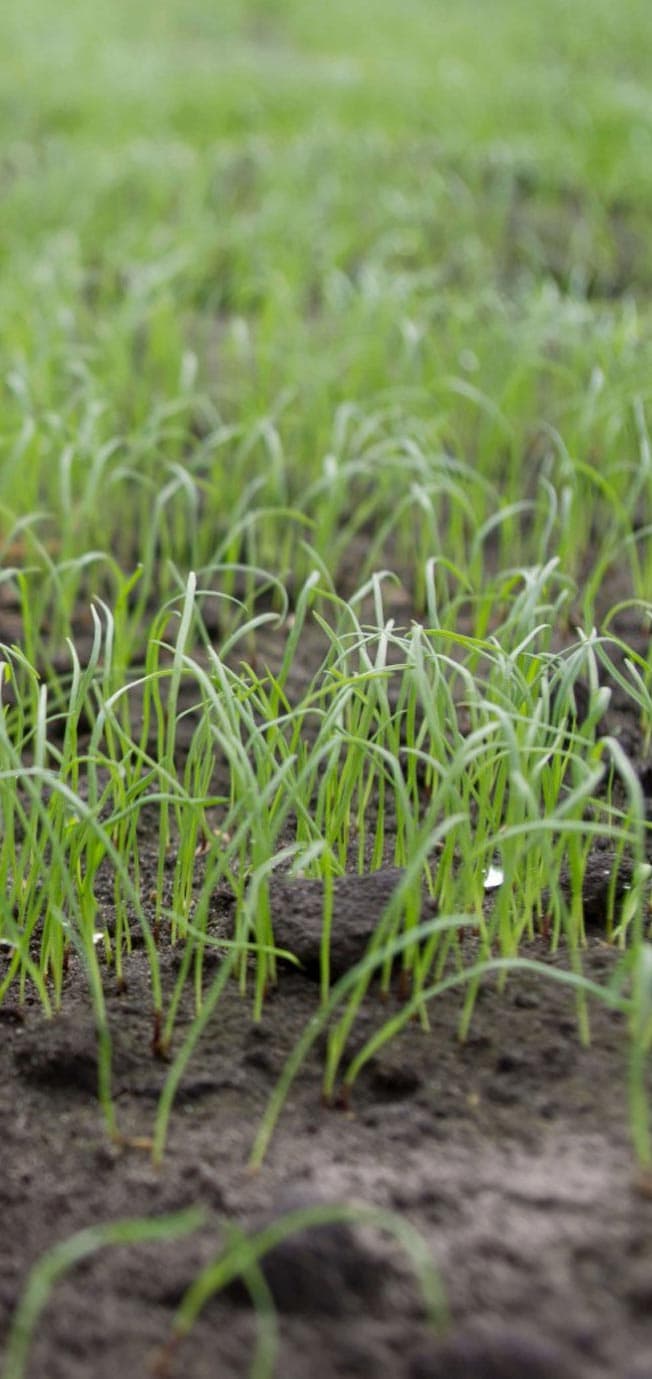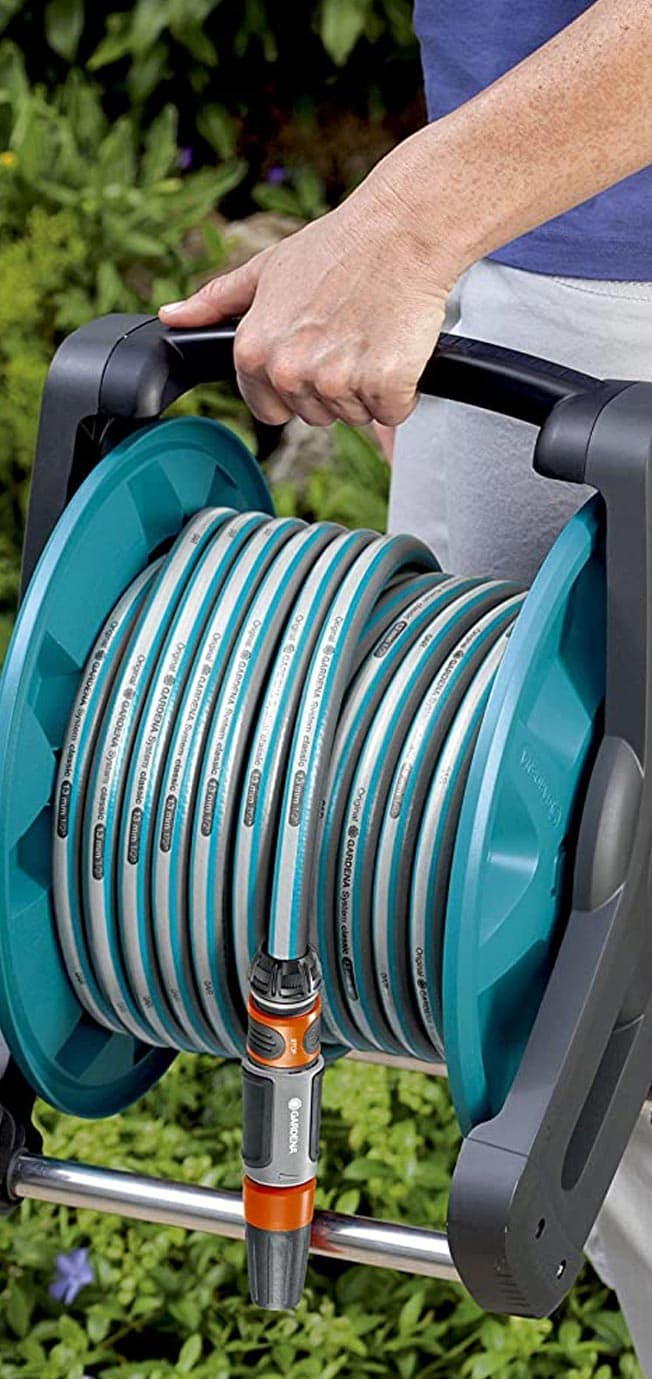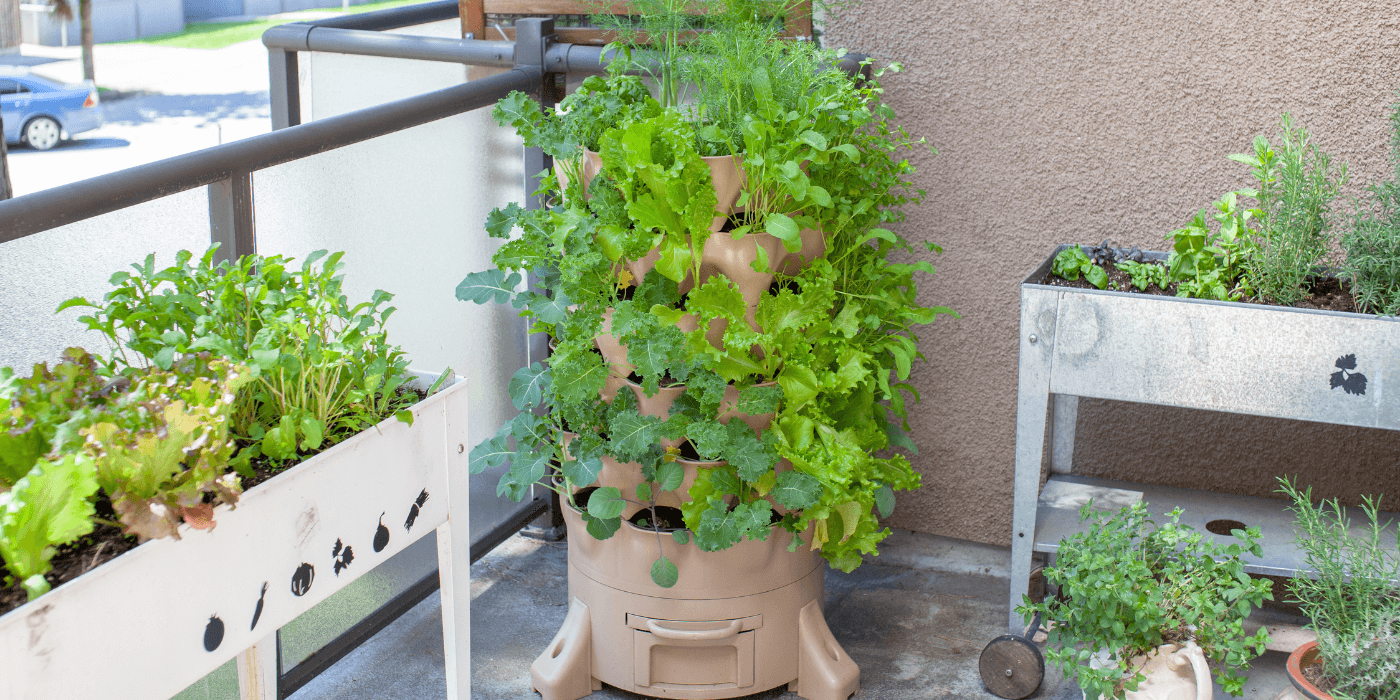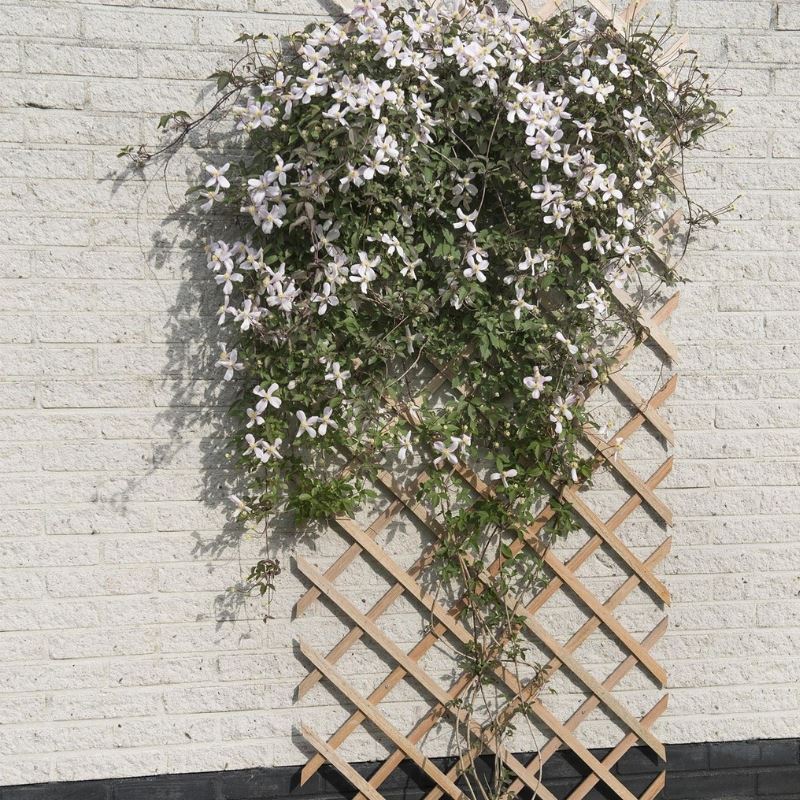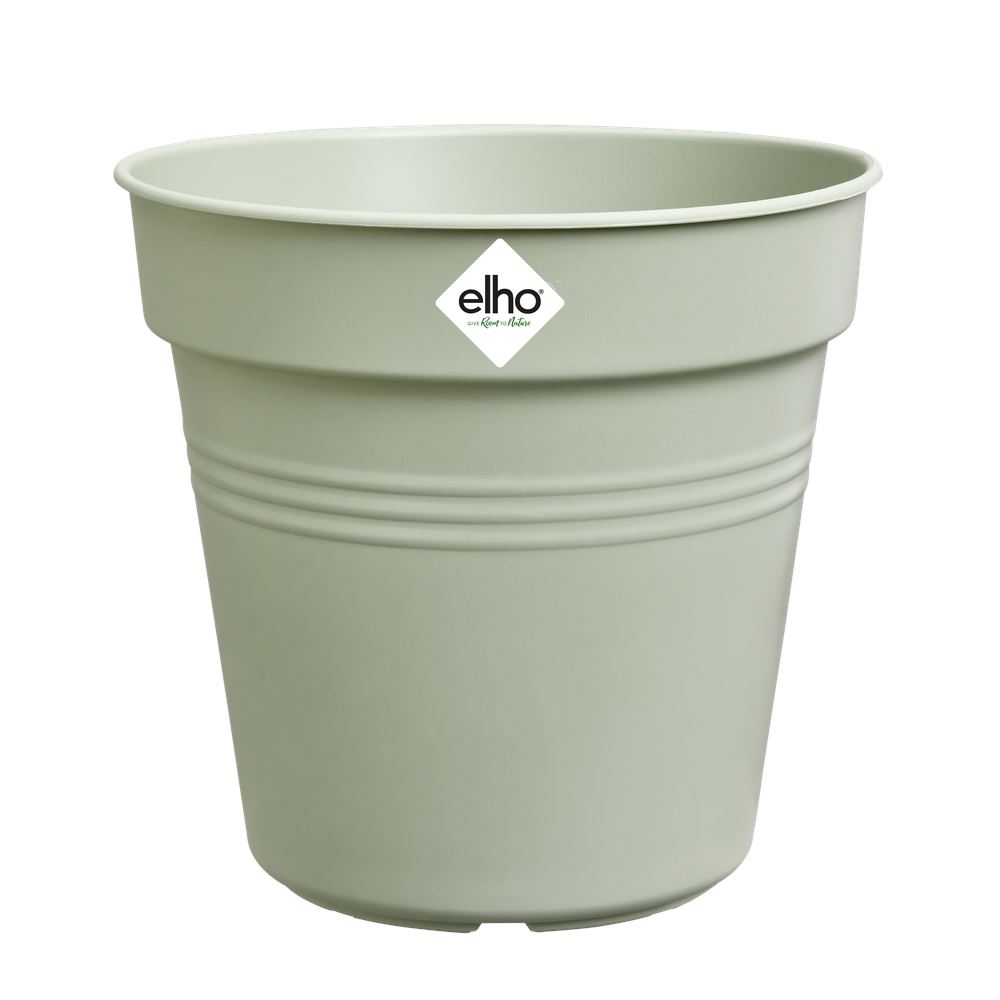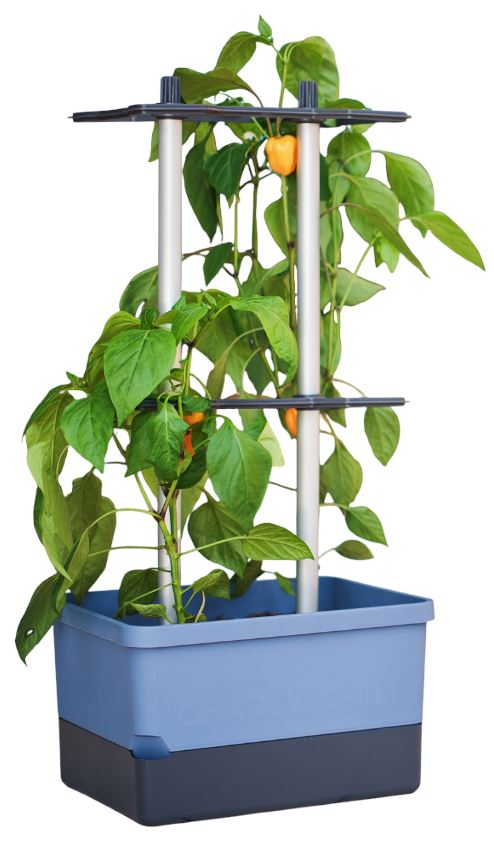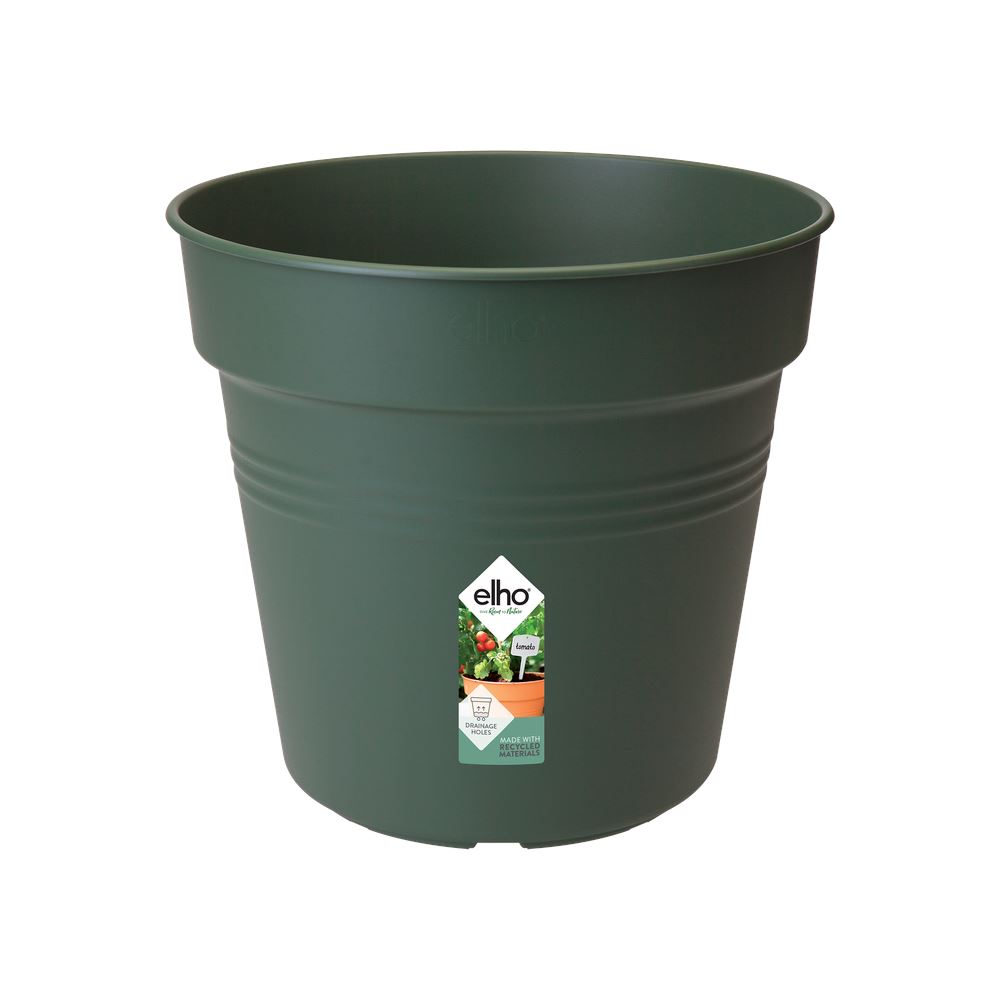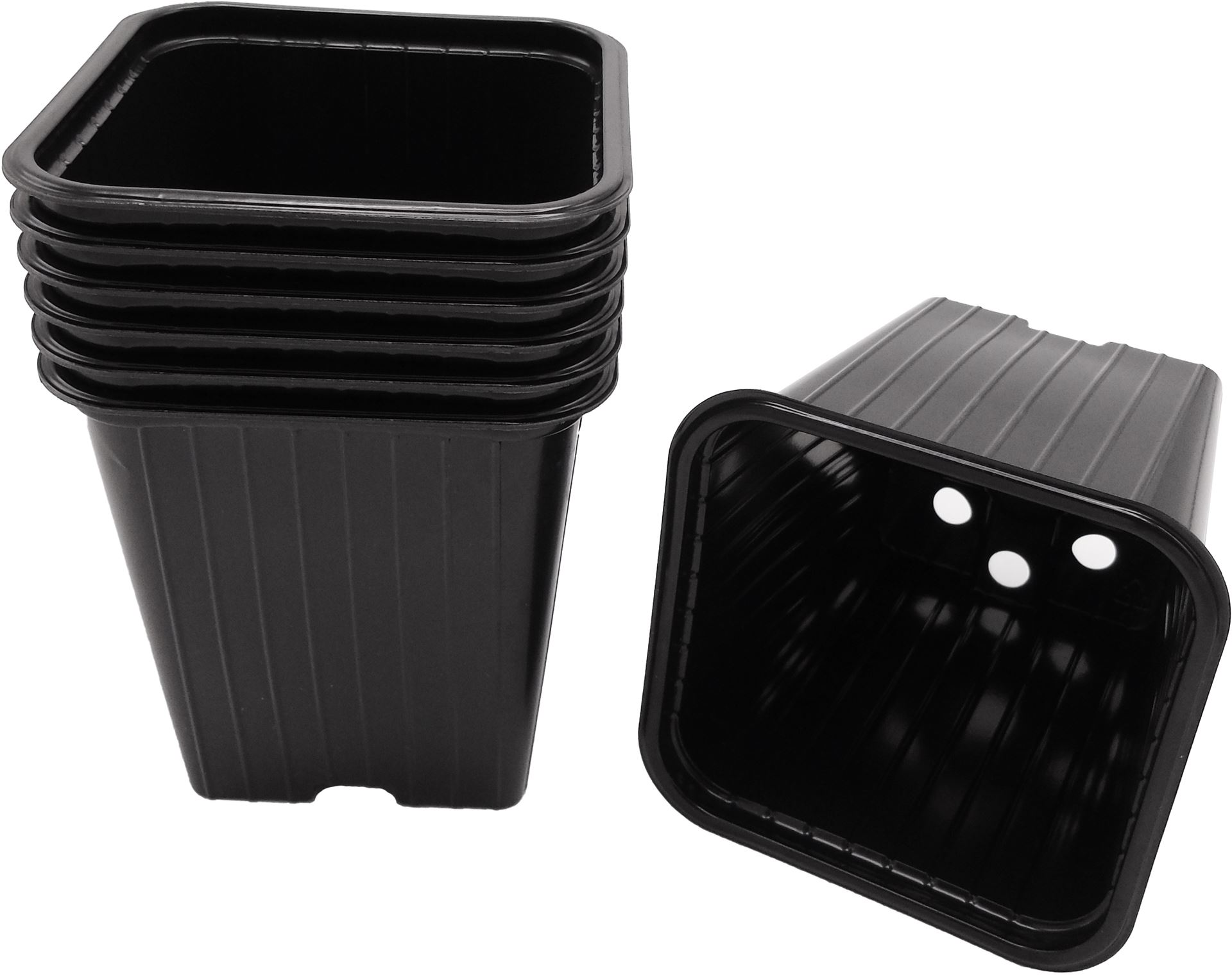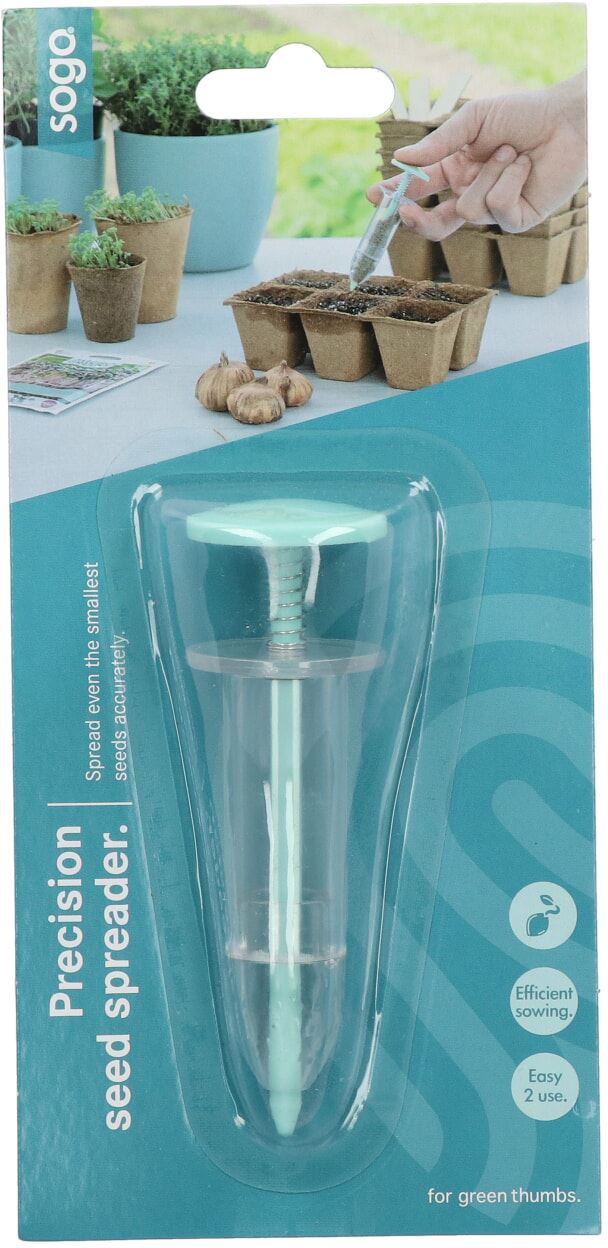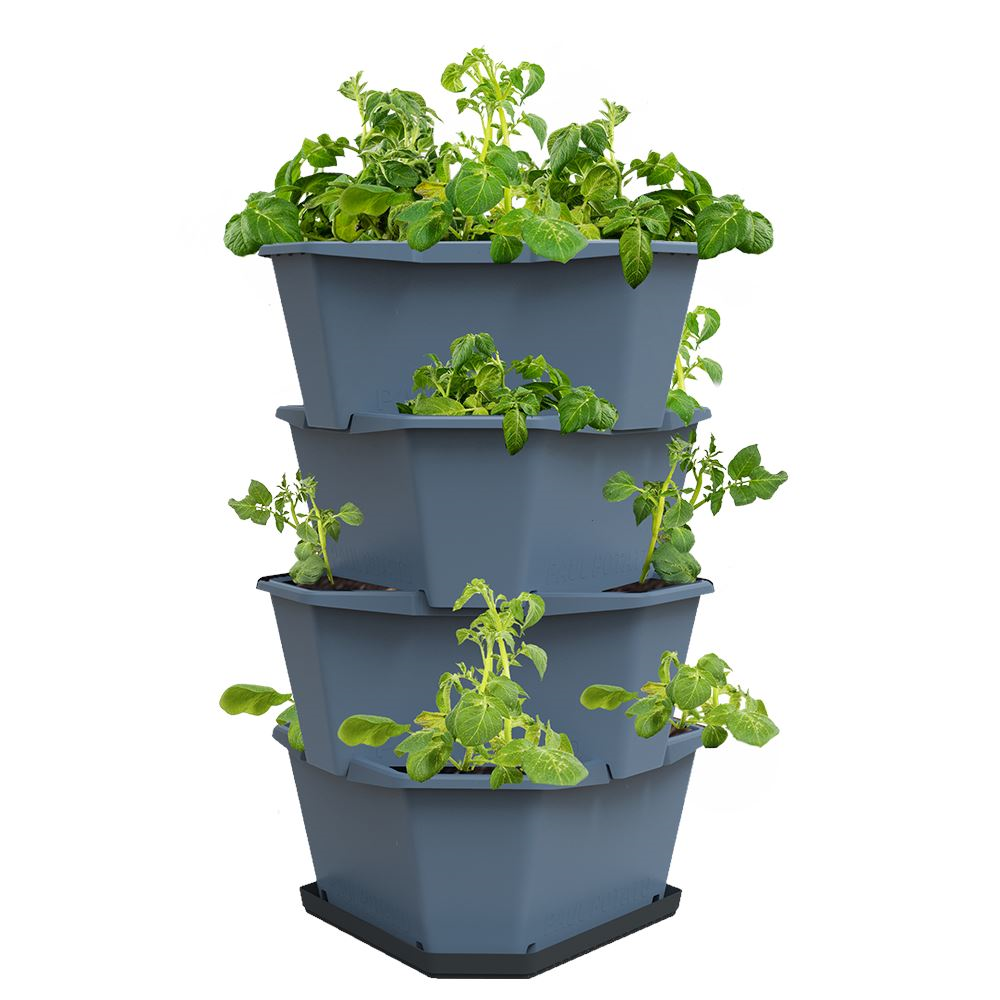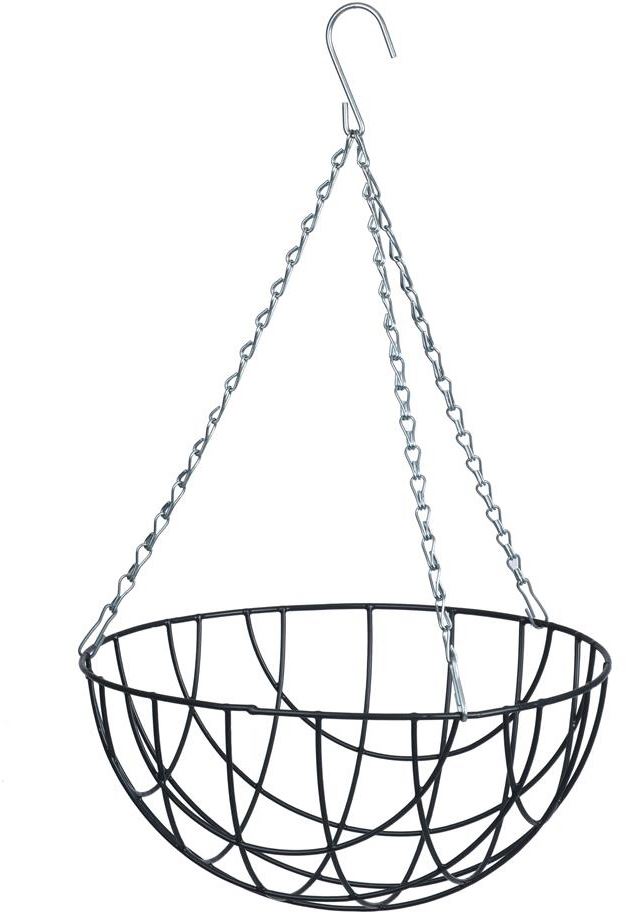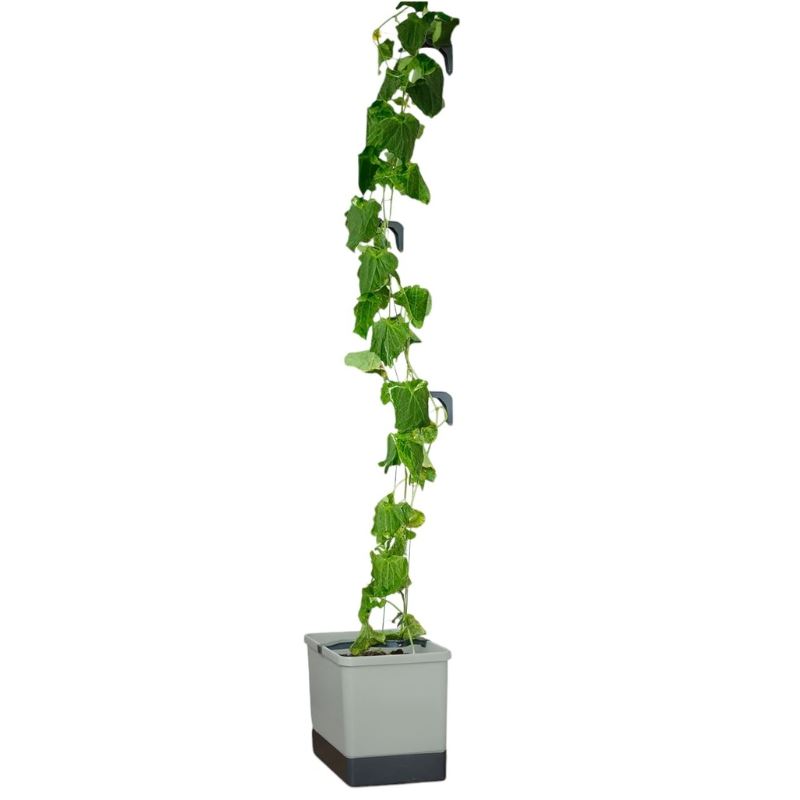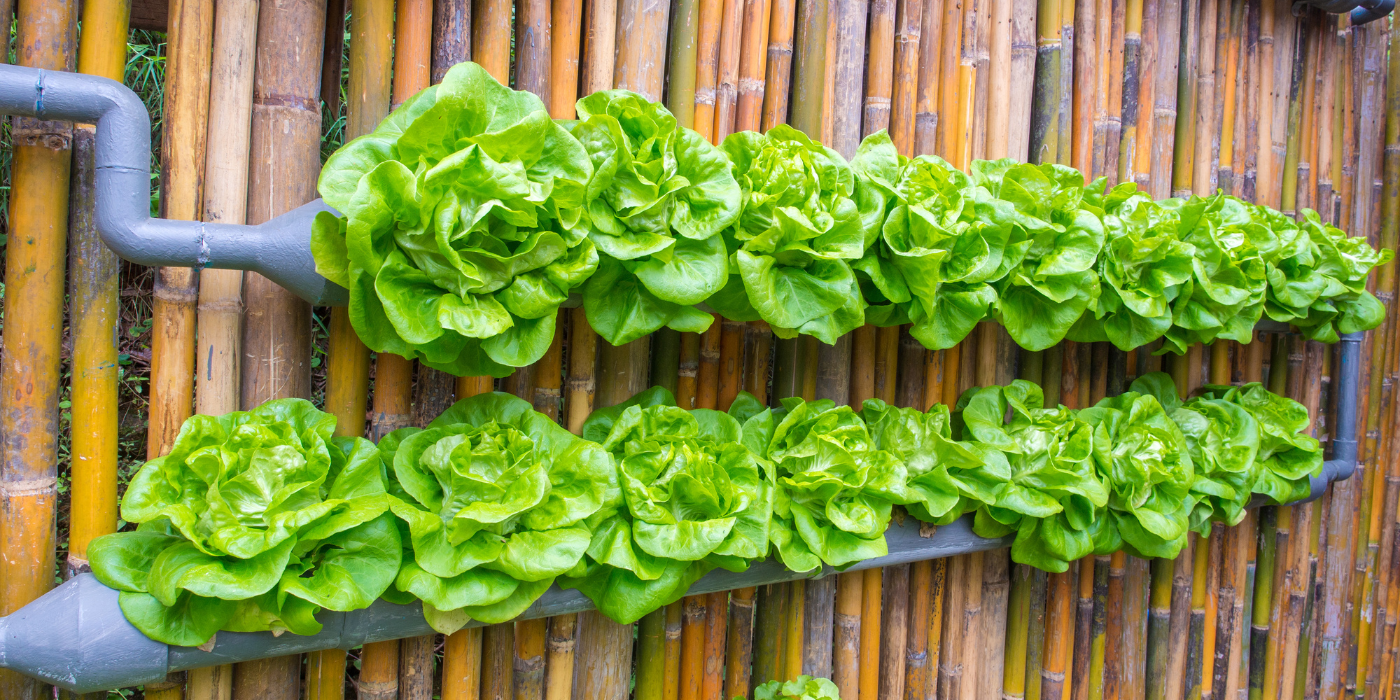
A vertical vegetable garden: THE solution for lack of space
Traditional farming takes up a lot of space. So even for vegetable gardening, you need a considerable area. This while the available buildable space is getting smaller and smaller and, as a result, there is less room to create a nice vegetable garden. A pity, you might think. But by being creative with the available space, you can still enjoy an overgrown vegetable garden. How? By vertical vegetable gardening!
Do you have a small city garden or even no garden at all and only a terrace, but you still have green fingers? So with the help of vertical vegetable gardening, you can still grow your own herbs and vegetables even if you are limited in space.
What is a vertical vegetable garden?
What are advantages of vertical vegetable gardening?
- Maximisation of yield per square metre
- Less weeds
- Also decorative
- Easy to maintain without backache
- Diseases and pests do not jump from one crop to another as easily
The biggest advantage of a vertical vegetable garden is obvious. Especially in an urban environment, the price per square metre of a plot of land goes up considerably. With a vertical vegetable garden, you save space while maximising the yield per square metre. You can plant a wide range of crops on the balcony, terrace, patio or even indoors.
Weeds are every vegetable gardener's enemy. But with the help of vertical vegetable gardening, you can outsmart those evil boys. This is because in a vertical vegetable garden, weeds have much less chance to express themselves.
Getting down on your hands and knees to tend your precious lettuce or strawberries? It's all part and parcel of a traditional kitchen garden. A vertical vegetable garden scores a lot better in terms of ergonomics! After all, you don't have to stoop or kneel.
Of course, you want a nice crop of herbs, vegetables and fruit in your vegetable garden. But the eye wants something too! A vertical vegetable garden is certainly also an aesthetic element that adds great value to the appearance of your terrace or small garden.
Finally, a vertical vegetable garden helps fight diseases and pests. With crops arranged horizontally next to each other, it is easy for pests to move from one plant to another. With a vertical vegetable garden, this is a lot more difficult.
Reading tip: How to fight pest insects!
How do you create a vertical vegetable garden?
- Picking the right place
- Designing
- Picking crops
Step 1: Picking the right place
Picking the right location is the first step when creating a vertical herb or vegetable garden. A south-facing wall is ideal. This is because it receives direct sunlight all day (as long as there are no shade obstacles, of course). In addition, south-west and west-facing walls are also suitable, as these also get a lot of sun. Ideally, your vertical vegetable garden will get between 6 and 8 hours of sunshine a day.
But also note that the spot should be easily accessible, so you can easily water it. Moreover, the structure where your vertical vegetable garden will be located must be sturdy enough. It has to bear the weight of the pots, soil and growing plants.
Step 2: Designing
Time to appeal to your creativity. Do you opt for clean lines or rather organised chaos? Using plant bags and hanging pots, you can build your ideal vertical vegetable garden yourself. Keep in mind the growth patterns of the plants you want to place in your vertical vegetable garden and their expected size.
Supplies:
Fences - Using fences, you can tie up vegetables like cucumbers or pumpkins so that they climb up the wall instead of spreading horizontally.
Stakes - Stakes give plants like tomatoes or courgettes support so that they grow upright.
Hanging baskets - Strawberries or tomatoes can hang down this way instead of spreading horizontally.
As an alternative to hanging baskets, for example, you can hang standard terracotta or plastic pots on the wall using a wall pot holder. It is also possible to hang individual plant pots on your fence or wall. Do you choose a long plant pot in which to plant several crops? Then pay close attention to the sowing distance. Some kitchen garden plants can grow quite large.
Step 3: Picking crops
Beans are the dream vegetable for a vertical vegetable garden. They are naturally climbers that will grab any support. TIP: If necessary, sow other plants around the seedlings so you keep slugs away.
Many pumpkin varieties produce very large fruits. These are not suitable for a vertical vegetable garden because they simply become too heavy. Acorn or bottle pumpkins are a lot smaller and therefore suitable in most cases. Herbs such as basil, coriander or compact plants such as strawberries and tomatoes also do very well in a vertical vegetable garden.
How to water your vertical vegetable garden
With a vertical vegetable garden, not only is it quite easy to install an automated drip system, it is also by far the most efficient method. An automated drip system consists of pipes, connectors, drippers... and can be adjusted individually for each plant, so each plant can be watered ideally.
A drip system can also be set up very specifically. Your plants are then watered in the right place, which helps you save water. If you water with a garden hose or watering can, you lose more water anyway.
Of course, you can also water manually, but make sure not to water the lower plants too much. The water you pour on the upper plants will also end up downstairs.
More info? Receive all our gardening tips directly in your mailbox!
We'll only email you handy facts, green advice and our best promotions & discounts. You'll receive it about once a week and you can unsubscribe at any time. No spam, promise 🤞

